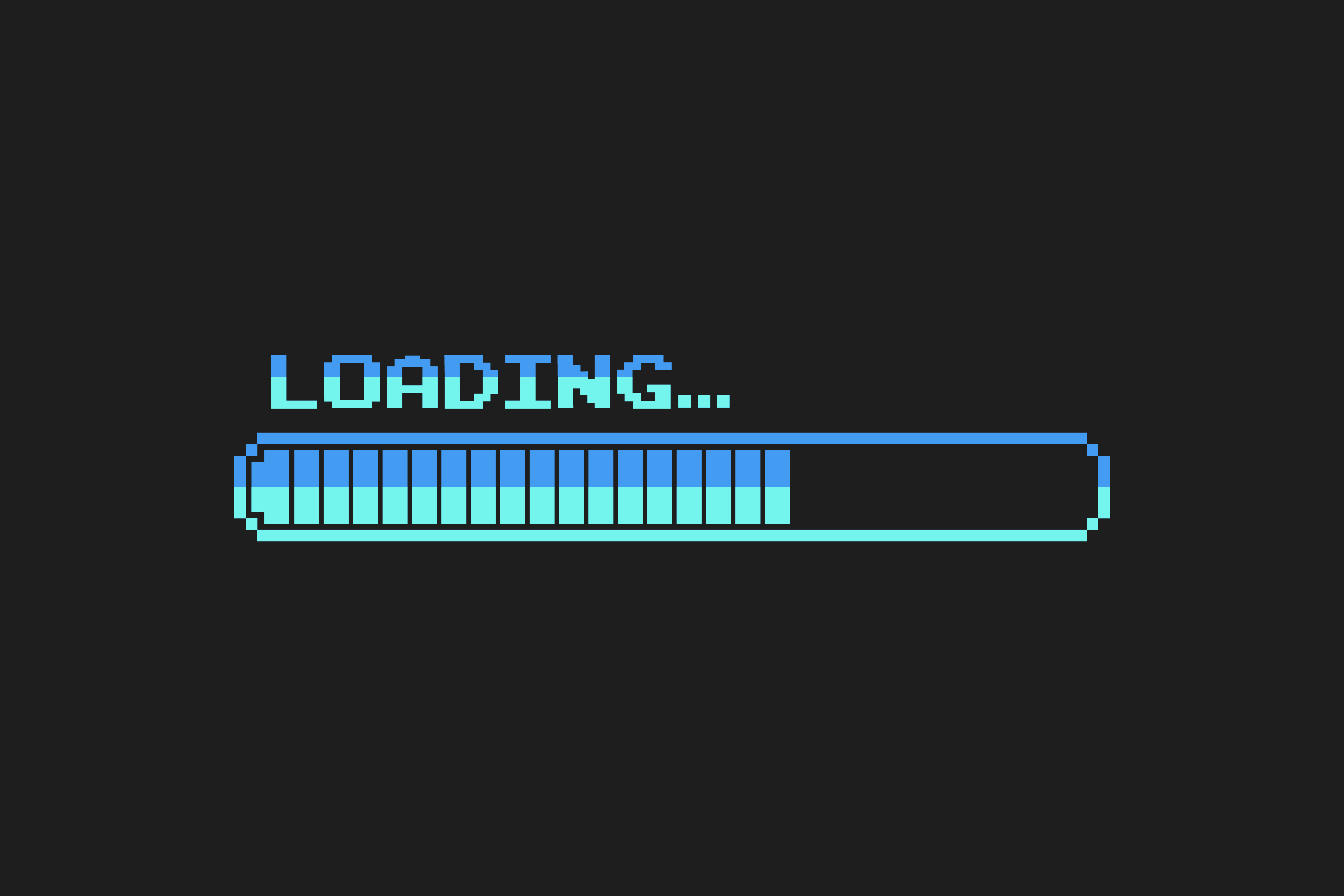18th August 2016
A topic that frequently crops up on this blog is the role of web hosting in improving user experience. Your server has a key - and often overlooked - role to play in ensuring a smooth experience for your customers.
One of the key measurements for that is page load speed. The faster your website loads, the more enjoyable it is likely to be to navigate it.
There are lots of tweaks you can make to your hosting infrastructure to achieve a faster page load speed. Here are a few examples:
Move your server closer to your audience
The data from your website has to travel along cables from your server to your customer’s device in order for it to appear on their screen. The shorter the distance between your server and their device, the faster your page load speed will be.
Lateral scaling and load balancing
When servers get close to their capacity, page load slows for everybody. Combat this by using multiple servers and balancing the load across them.
Use a cache
Caching your server will allow pages to serve more quickly and therefore reduce page load, sometimes making a website 20-times faster. Using a cache will also increase the capacity of your server by reducing the strain on your server caused by any single visitor.
Use a content delivery network
A content delivery network or CDN acts as a separate server for static objects on your website. For example, all photos and graphics on your website could be hosted on a CDN rather than your main server(s). This alleviates some of the strain on your server’s resources, which means it can load everything else much faster.
Liaise with your web host and developer
And, more importantly, ensure they are liaising with each other on your website optimisation plan. It is important that your website’s code and hosting infrastructure are working in perfect harmony to get your pages serving as quickly as possible.
New hosting or more power
If all else fails, it might be time to reassess your hosting infrastructure. That might mean switching to an alternative type of hosting or server that is better suited to your requirements or simply adding more oomph to your existing infrastructure.






